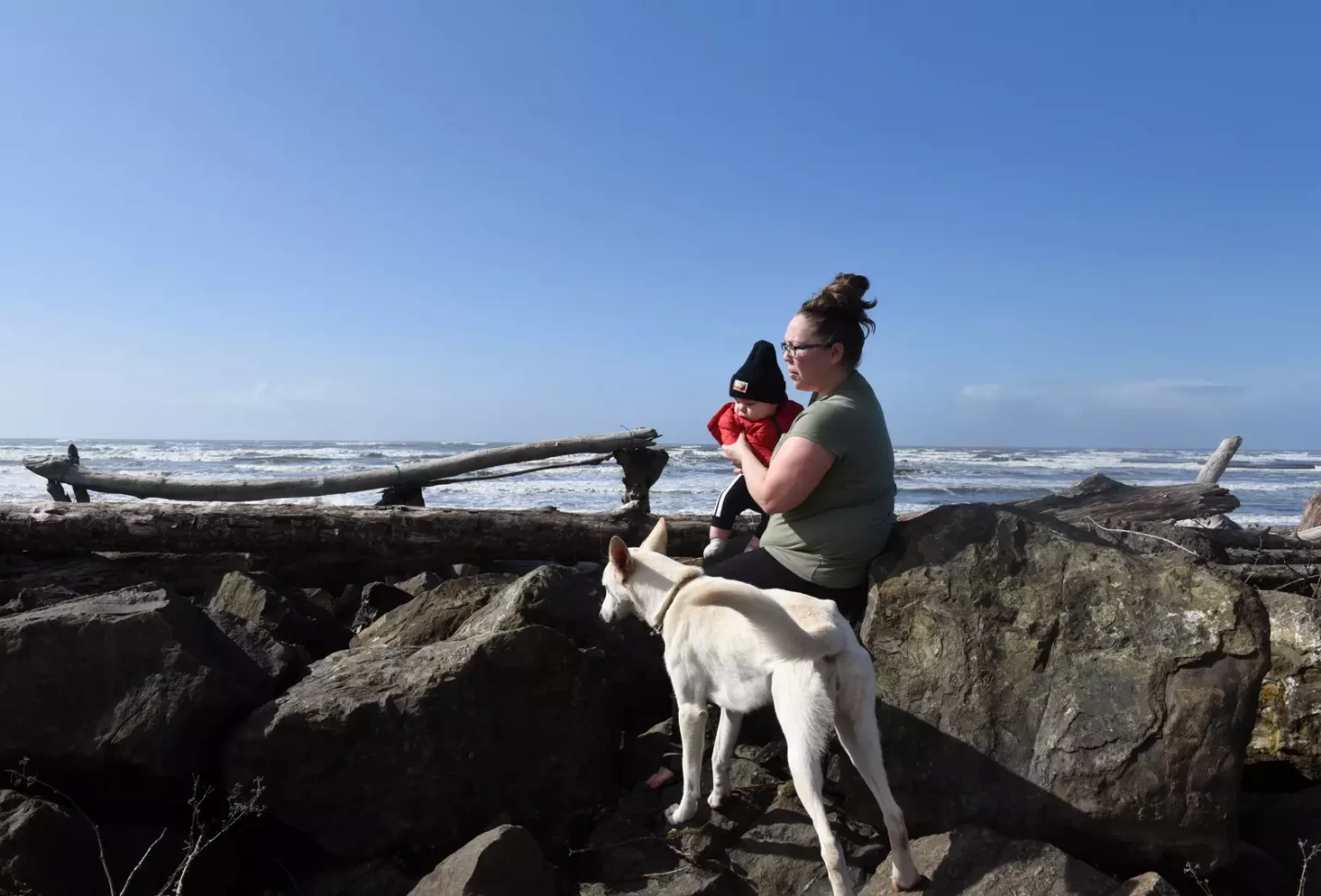
Water Conservation: 7 Simple Ways to Save Water at Home and in Your Business
Water is one of our most precious resources, yet it is often wasted without thought. ...

The world is spending millions of dollars to relocate people as sea level is rising due to climate change.
Last month, the US allocated a $25 million federal grant to Taholah to help move residents in harm’s way to new homes on higher ground.
That’s one element of a $135 million effort to relocate tribal communities in the US, and a small advance in what’s becoming a global “managed retreat” from sea levels that are rising due to climate change. The cost of this carefully-organized flight from disaster is adding up; it’s an acknowledgement some places simply can’t be saved, but in some cases could be the most responsible course of action – and an opportunity to revitalize ecosystems and economies.
The bid to move much of Taholah follows a $92 million grant used in large part to relocate residents of the Isle de Jean Charles in the US state of Louisiana. In Grand Forks, Canada, a $12 million effort to move an entire neighborhood down to its fire hydrants has left some locals in shock. Matatā, New Zealand earmarked about $9 million for its own managed retreat. And plans are afoot to relocate the bulk of Fiji’s population.
Sea levels may be rising by just a few millimeters per year, but it adds up – every 2.5 centimeters of rise can erase about 2.5 meters of beachfront on the average coast.
Nearly half of the global sea level rise in the past 140 years is thought to have occurred just since 1992 – the year of the pivotal “Earth Summit” in Rio de Janeiro. Last year saw a new record high.
Infrastructure casualties are expected to mount. One of the world’s biggest reinsurers estimates that climate impacts like rising sea levels could shave 18% from global GDP in the next few decades.
And thousands of people are even now being forced to flee their homes every year due to such slow-onset hazards.
Last year, a US station used to monitor shifting weather patterns was itself shuttered due to rising sea levels. And when one academic study was published more than five years ago, it was already able to analyse 27 different examples of managed retreat in 22 countries, which resettled about 1.3 million people.
It’s not just homes that are in need of relocation. Rail service on a corridor between the US cities of Los Angeles and San Diego that carries millions of passengers every year, and billions of dollars in goods, was recently suspended due to coastal erosion linked to rising sea levels. A $300 million plan to move the tracks safely inland is in the works.
One scheme in the English town of Selsey, for example, acquired coastal land from farmers to allow it to become salt marsh – which is now both a natural protective barrier and a home to wildlife.
In some cases, the call to retreat can prompt innovation; increasingly prevalent floating homes in the Netherlands are serving as a proof-of-concept for more ambitious projects around the world.
اترك تعليقا